T4K3.news
Argentina's Stolen Children Made Visible Again
A Flower Traveled in My Blood shines a light on the Grandmothers of Plaza de Mayo and their decades long search for stolen grandchildren.
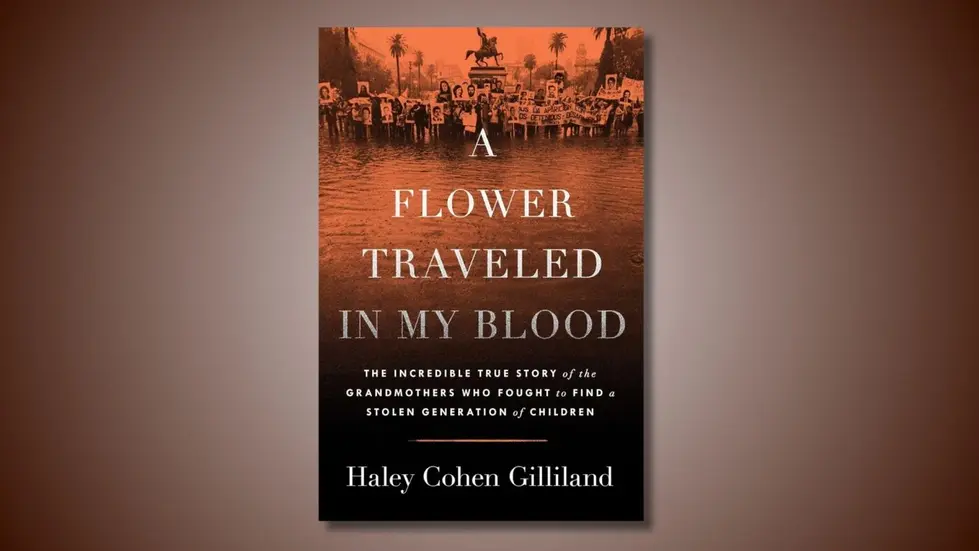
A Flower Traveled in My Blood follows the Grandmothers of Plaza de Mayo as they search for stolen grandchildren from Argentina's Dirty War.
Argentina's Stolen Children and the Grandmothers Who Won't Quit
The book centers on Rosa Tarlovsky de Roisinblit and the Abuelas de Plaza de Mayo, who spent years seeking their missing grandchildren after the 1976 coup. Official tallies from the National Commission on the Disappearance of Persons document 8,960 disappearances, though records were destroyed, and newer estimates push the broader total toward 30,000. The official count of stolen children stands at 392, but Abuelas researchers believe the number could be as high as 500. The narrative shows how the grandmothers used patient, creative methods—from attending fake birthday parties to gather clues to posing as mourners at cemeteries—to survive danger and keep the search alive.
Gilliland also links these personal struggles to Argentina’s political history, including U.S. involvement and international networks of repression. The story notes how figures like Henry Kissinger played a controversial role in supporting military efforts in the region. Yet the book emphasizes resilience, highlighting how the search gradually yielded results with advances in DNA technology and the work of geneticist Mary-Claire King, who helped push forward the idea of genetic genealogy as a tool for justice.
Key Takeaways
"Kissinger backed the assassination of a prominent Chilean general in hopes of facilitating a military takeover of socialist president Salvador Allende."
From the article’s discussion of international complicity in Latin American dictatorships
"The Plaza de Mayo seemed to take individual grief and transform it into collective determination."
Describing the grandmothers' public protests
"King herself posits that she and the Abuelas were among the pioneers of genetic genealogy."
Linking genetic science to the search for missing grandchildren
The book uses intimate portraits to illuminate a brutal era without losing sight of its political context. By weaving individual grief with political maneuvering, it shows how memory becomes a tool for accountability and how ordinary citizens challenged a violent system. The case for genetic genealogy emerges not as a shortcut but as a careful, collaborative effort that requires patience and ethics as much as science.
Yet the work also invites scrutiny. Tracking family lines through DNA raises questions about privacy and consent, and reunions can create new tensions for children raised in other homes. Still, the broader message remains hopeful: sustained grassroots effort, even across generations, can surface truths that official records cannot.
Highlights
- Truth travels on the shoulders of grandmothers.
- DNA became a map back to faces lost.
- The plaza turned grief into collective resolve.
- History is not a museum exhibit, it is a living duty.
Political and historical sensitivity risk
The piece discusses torture, disappearances, U.S. involvement, and contested historical narratives. This subject can provoke strong reactions among readers, historians, and communities connected to the events.
Memory is not decoration; it is a duty to future generations.
Enjoyed this? Let your friends know!
Related News
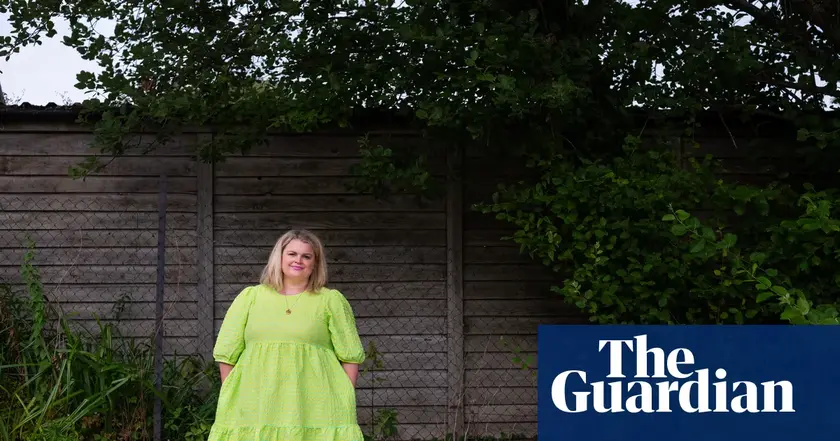
Shrinking Summer tests body positivity
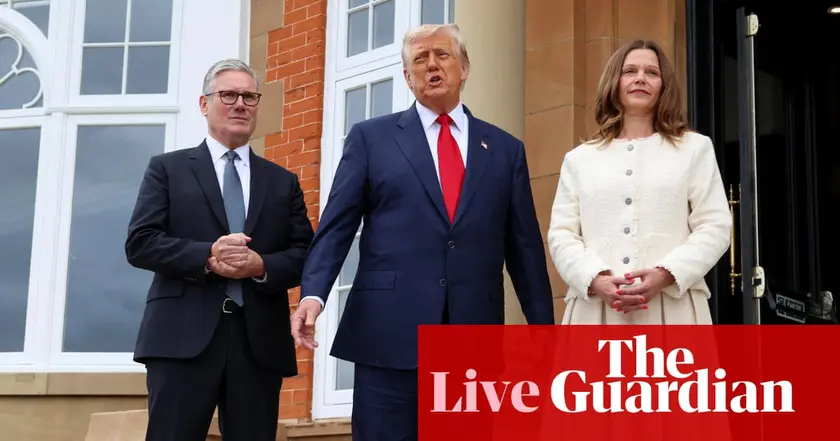
Trump discusses impact on global conflicts during Starmer meeting
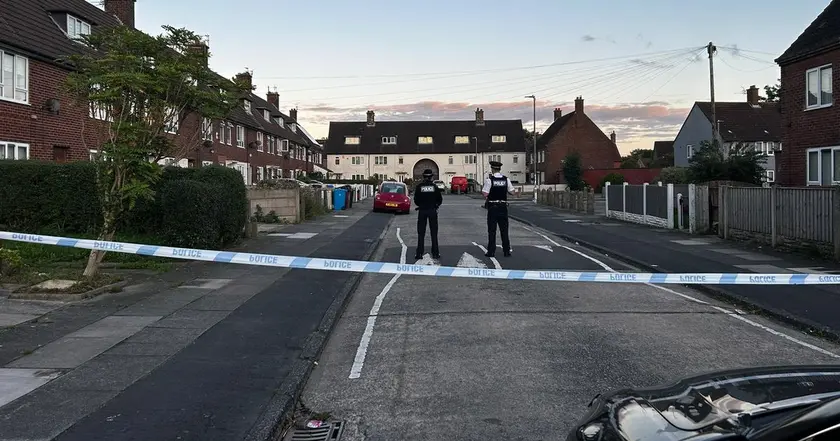
Gun violence erupts in Huyton during confrontation
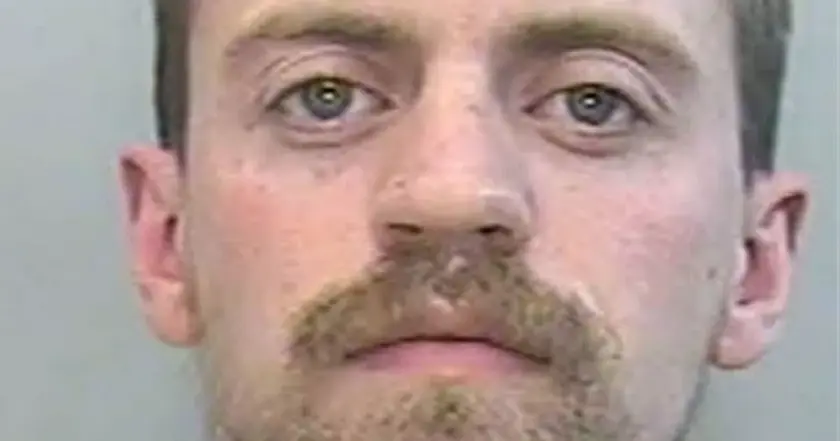
Multiple offenders sentenced at Exeter Crown Court
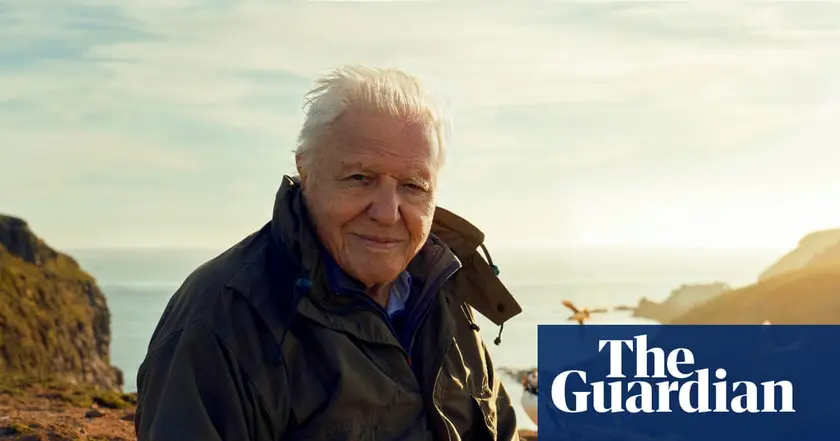
UK public service TV endangered, says Ofcom

Paris handbag raids prompt security review
Documentary Investigates Iconic Vietnam Photo Controversy
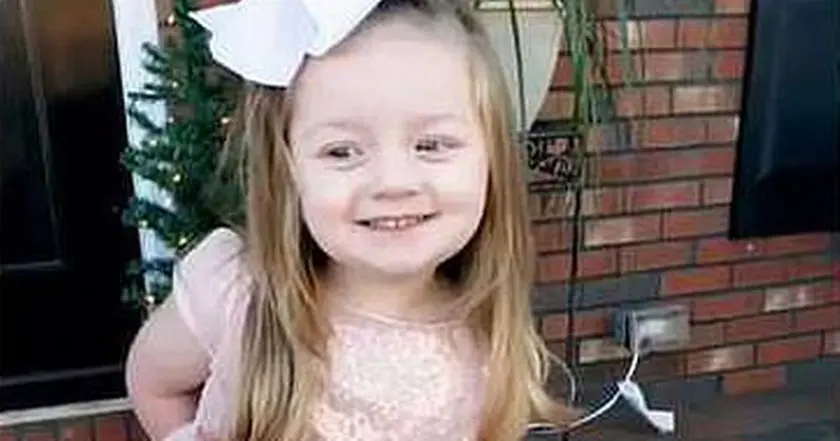
Reality TV star sentenced for killing foster daughter
